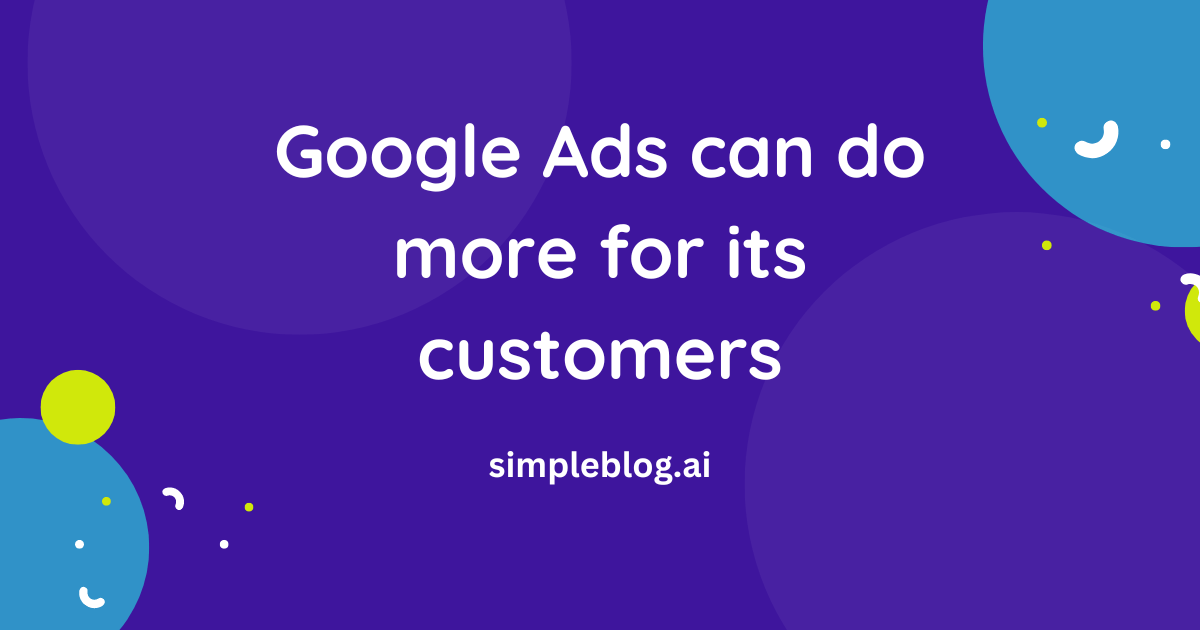Google’s dominance in the search engine industry, particularly in search ads, is unparalleled, making it virtually the only viable option for advertisers seeking to target search traffic.
It’s a conflict of interest, as Google’s profitability is closely tied to ad revenue. As Google doesn’t do enough to make Google Ads a more transparent platform and reduce the cost for its customers, advertisers face inflated costs and fierce competition, making it challenging for smaller businesses with limited budgets to compete effectively.
Additional measures are necessary to address this issue and provide advertisers with more cost-effective solutions.
Here are a few examples:
Brand name ads
In scenarios where a user searches for a specific term on Google, let’s assume “Monday,” and the first organic search result already directs them to the official homepage of Monday, it seems redundant and unfair to display an ad and charge the advertiser for each click.
This is especially relevant when there are no other advertisers competing for the same keyword, as you can see in the example below (in case you’re trying to reproduce the, the search was conducted from Israel as the location). It would be more sensible for Google to recognize such cases and allow the customer to avoid displaying ads, sparing the advertiser unnecessary expenses while still providing relevant organic search results. This should probably be optional, just in case some advertisers would like to have both spots and pay for them.

Bid transperancy
The transparency of bids in Google Ads has been a persistent concern among advertisers. The lack of visibility into bid details and the factors influencing ad rankings makes it challenging for advertisers to understand the true value of their bids and the competitiveness of the auction. This opacity creates a sense of uncertainty and can hinder advertisers’ ability to optimize their bidding strategies effectively.
If bid information were publicly available, advertisers would be empowered to make more informed decisions. Transparency would provide visibility into the bidding landscape, allowing advertisers to gauge the competitiveness of their bids against others in the auction. Armed with this knowledge, advertisers could better assess the effectiveness of their campaigns and make data-driven adjustments to achieve their desired outcomes. Moreover, increased transparency would simplify the bidding process, reducing complexity and enabling advertisers to navigate the platform with greater clarity.
Dumb it down
Let’s face it, Google Ads is complex, especially if you’re getting started.
Have a look at this table from Google’s documentation, and assume I want to sell something with the help of Google Ads, which one should I choose when creating a campaign? I mean, wouldn’t website traffic get me more leads, and leads will get me more sales? Why are they separated? They are practically the same objective in my mind.

So yes, I assume very smart people came up with all the options Google Ads offer, and they have good reasons for that, but having hundreds of flags and options when you just want to create an ad, will just get you to waste a heck a lot of money until you get it right.
So Google, please dumb it down, or at least offer a simpler option to get started with your solution, as not everyone is a marketing expert, and you want to encourage small businesses with less expertise to try your platform.
Summary
I think Google Ads should be simpler to use (dumb it down), should be more transparent with its costs and bids, and should offer more options to control ad appearance when it gives little value (for example, when the ad just competes with the same organic result on the top position).
Google, iterate on your platform, your customers will appreciate you for it.
What is SimpleBlog?
SimpleBlog is a simple blogging platform, simple as that. If you need to set up a personal or company blog, and post content in seconds, from our advanced editor, from Google Docs or from Office 365, just create your blog in seconds and get started.

Leave a Reply